The most common CATMA terms briefly explained.
Analyze
CATMA’s module for the analysis and visualization of text and #annotation data. Here you can realize quantitative text analytical processes, #queries with the help of #Build Query, search for your #Annotations, #KWIC (keywords in context), select aspects that you want to visualize, or half-automatically annotate your text.
Annotate
CATMA’s module for close reading and manual annotation of text. Here you can highlight text passages, choose #tags from a #Tagset and thus set #annotations. In the latch on the left you can choose from all tagsets and #Annotation Collections that are part of your #Project.
Annotations
A text can get as many annotations as you want. An annotation is created with the use of a #tag. Every user creates individual annotations when annotating a specific text and saves them in an #Annotation Collection.
Annotation Collection
Annotations are user- and text-specific. Each user saves their annotations in an Annotation Collection that refers to a document.
Build Query
Build Query in the #Analyze module helps you to create a #query without knowing the rules of CATMA’s query language. The function asks you some questions what you are looking for and consequently builds the query for you.
Distribution
One of CATMA’s visualization options in the #Analyze module. You can choose results from your query list and create distribution graphs for words, phrases, word groups or #tags throughout one or more texts in one or more diagrams.
DoubleTree
An interactive option to visualize a #KWIC (keyword in context).
KWIC (Keyword in Context)
One of CATMA’s visualization options in the #Analyze module. It shows selected words of the #wordlist in its context, i.e. the words that appear before and after the selected word in the source text.
Markup
Whenever you add something to a text (in CATMA by #annotating it), you create what is sometimes called markup.
Network
One of CATMA’s visualization options in the #Analyze module. You can create networks of words, phrases or #tags.
Project
The infrastructure in CATMA is project-based. In a project you upload your texts, you create or upload #Tagsets and #Annotation Collections and you manage project members and their roles.
Property
You can assign properties to #tags, which enables you to differentiate or refine its meaning. Properties offer the possibility to extend the declaratively organized tag-based annotation by a scalar concept of qualitative evaluations, i.e. by categories that can appear on different levels of the tag set. Each property can have multiple #values.
Query
With queries you analyze a text or a text corpus (regular expressions are frequently used for this). All possible queries together form the query language of the tool. In CATMA #Build Query helps you, if you are not familiar with the query language.
Tag
A tag is a descriptive label that you can assign (as #annotations) to any piece of text loaded into CATMA. Tags are vertically grouped in #Tagsets.
Tags
CATMA’s module for the creation and editing of #Tagsets. Here you can create as many #tags, subtags and #properties with values as you like.
Tagset
A tagset consists of multiple #tags and are part of a CATMA #project.
Value
You can assign values to #properties. They can be numerical or contain words.
Wildcard
One of CATMA’s selectable #queries. With wildcards you can search for words (wild=”digital”), word beginnings (wild=”dig%”), word endings (wild=”%tal”) or sections of words (wild=”%it%”).
Wordcloud
One of CATMA’s visualization options in the #Analyze module. You can create wordclouds of words, phrases or #tags.
Wordlist
The easiest #query (freq>0) in CATMA’s #Analyze module that you can just choose from the list of queries. The wordlist shows all words appearing in descending frequency. You can change this to an alphabetical order or to ascending frequency.








